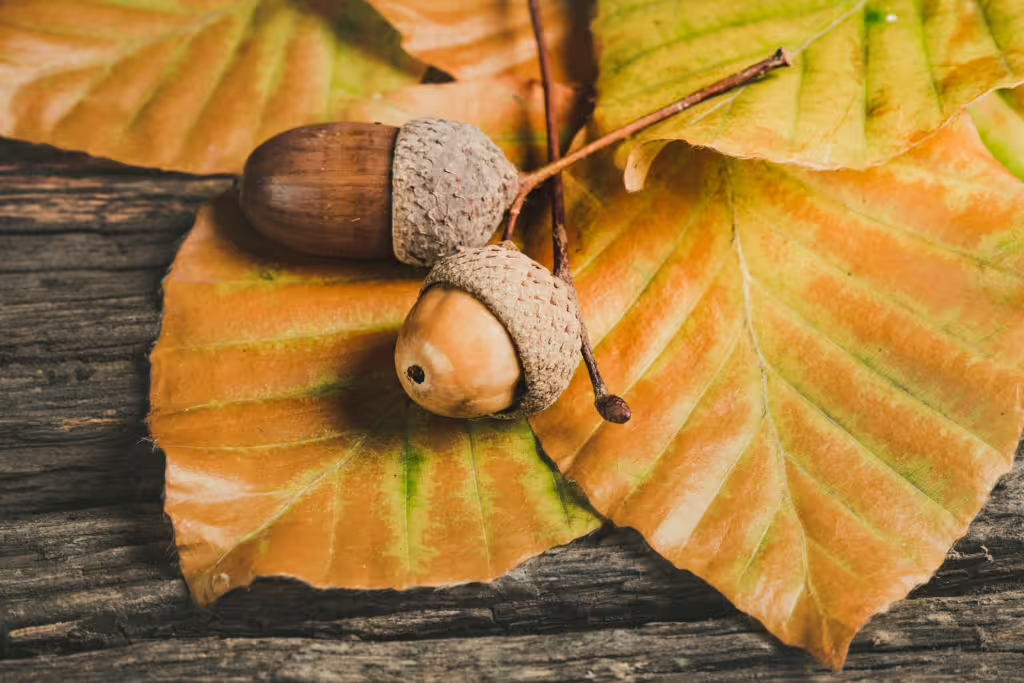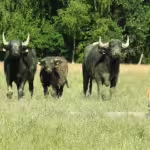Think for a moment, if you will; when you take a walk outside, how often do you consider the plants, trees, and flowers around you? Unless you happen to have a distinct interest in the botanical or even the horticultural world, the answer is probably never. Nevertheless, if you live in North America, the magnificent, often overlooked flora growing around you is of extreme importance to our past, our present, and our future.
In days gone by, the Indigenous peoples of the North American continent cultivated a deep and reciprocal relationship with nature. They foraged on native plants and learned the art of cultivation to feed their communities. Today, many of the plants they relied upon still thrive in the forests, meadows, wetlands, and prairies of this amazing land.
In this article, we will take a journey into the past as we explore an intriguing array of native edible plants from all over North America. As we trek, we will delve into the indigenous knowledge and foraging practices used to cultivate these plants, as well as discussing how they are still used today.
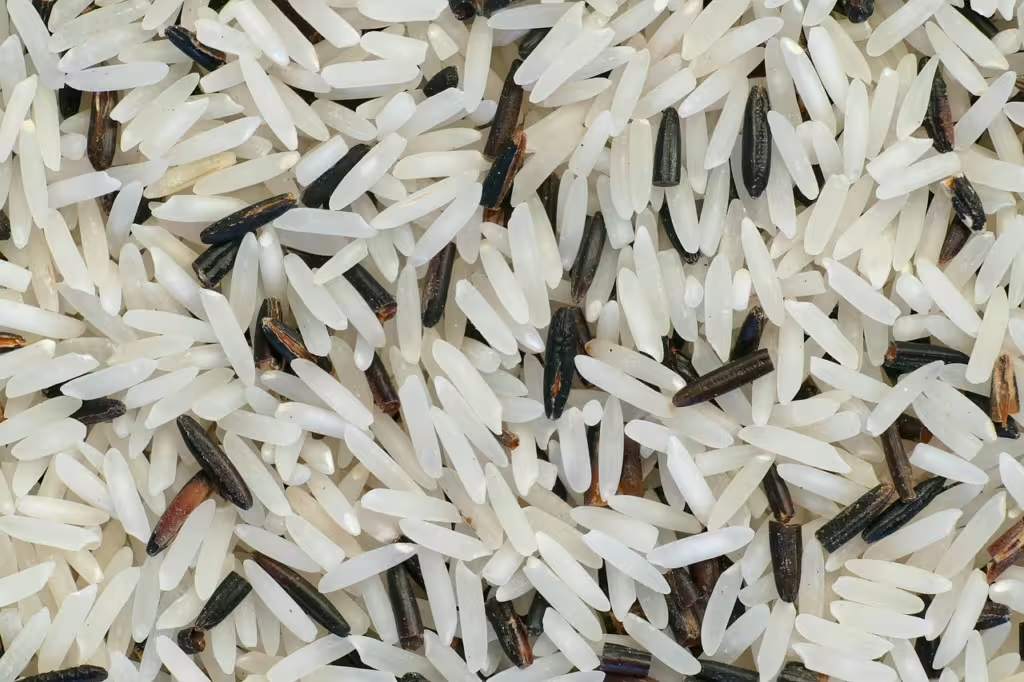
Foraging Wisdom
For thousands of years, early Native American tribes worked with the land and lived off of it in a harmonious balance. Generations of close observation, experimentation, and storytelling helped them to accumulate a vast knowledge of horticulture and botany. Native Americans passed this knowledge down orally and by demonstration. Every part of their culture, language, even their seasonal migration patterns, had something to do with their foraging and agricultural expertise. Unlike European colonists—who were woefully uneducated in the area of sustainability—Indigenous people tried to live with the nature. They practiced sustainable harvesting and planting. They did this as a means of preservation and of showing respect for nature spirits.
Wild Rice (Zizania spp.)
Cultural Importance:
Wild rice, also known as manoomin in Anishinaabemowin, is more than just a base for a good risotto. In the past, this type of grain was sacred plant to the people of the Great Lakes and northern Plains. The Ojibwe, Dakota, and Menominee tribes all grew and cultivated this rice, but it was much more than just food to them. For many native peoples, wild rice is a central theme in creation stories, migration histories, and ceremonies.
Description and Habitat:
Wild rice in North America grows, not in paddies as it does in the East, but in shallow lakes and slow-moving rivers. The grain itself used to be harvested by canoe. Native American foragers would use knocking sticks to gently tap ripe seeds into the boat, and that method is so effective that is a often used in traditional ricing camps even to this day.
Culinary Use:
The long, dark grains of wild rice offer a nutty, aromatic flavor. Manoomin is also richer in protein than white rice. Once it is dried, it can stay shelf stable for a long time. When cooked, it can be served with berries, maple syrup, game meat, or as mentioned earlier, cooked into one heck of a mushroom risotto.
Cattail (Typha spp.)
Cultural Importance:
Yes, those reedy-looking things you see lining lakes and rivers all over North America are, in fact, edible. In the past, they were used by tribes such as the Pomo, Lakota, and Cherokee, as a dual-purpose food and textile item. Ever hear the old adage about Native Americans using “every part of the buffalo?” Well, the cattails were no different and nearly every part of the plant served a function.
Description and Habitat:
Cattails typically grow in wetlands. They possess tall, sword-like leaves and distinctive brown, sausage-shaped flower spikes.
Every Part a Purpose:
- Shoots: This part of the plant was typically cultivated in the spring. It is described as having a mild taste and crunchy texture, almost like cucumber.
- Rhizomes: The starchy rhizome of the cattail was picked in the fall. It is rich in carbohydrates and good for getting energy.
- Pollen: In the summer, cattail pollen was used as flour or to supplement corn flour.
- Flower Spike Pollen: The inside of a cattail flower was also used for textiles, such as lining cradles, stuffing moccasins, or insulating clothing during the winter months.
Acorns (Quercus spp.)
Cultural Importance:
As it turns out, acorns aren’t just for squirrels. Indigenous people from the Chumash, Miwok, and Yurok tribes all fed on the acorns from oak trees. These peoples even managed to develop sophisticated processing techniques to leach out the bitter tannins from the seeds, transforming them into nourishing mushes and baking them into breads.
Description and Habitat:
If you live in the rural or forested parts of North America, chances are you have an oak tree growing somewhere nearby.
Culinary Use:
Native Americans would collect acorns then shell them, grind them up, and soak them in water. This last bit was a way of removing the bitter tannins normally found in the seeds. When the acorn meal was done soaking, it could be used as a type of porridge or else baked into dense cakes and breads. The process was labor-intensive, but indicative of how important foraging and food preparation was to Indigenous peoples.
Blueberries (Vaccinium spp.)
Cultural Importance:
Blueberries, which are full of helpful antioxidants, were often used in Native American folk medicine, and are still considered a modern superfood to this day. Indigenous tribes like the Wabanaki, Haudenosaunee, and Salish gathered and cooked with blueberries, huckleberries, bilberries, and others native fruiting plants for centuries. Even then, the berries were gathered fresh and could then be eaten as is or dried so that they could last through the winter. Native Americans often added blueberries to pemmican (a mixture of meat and fat), or else used them to make natural dyes.
Description and Habitat:
Native blueberries grow best in acidic soils, such as those found in the forests and barrens of the Northeeast and Northwest parts of the continent.
Culinary Use:
Blueberries have a myriad of culinary applications. They can be eaten raw, dried, or cooked into stews, brewed in teas, or mashed into fruit leather.
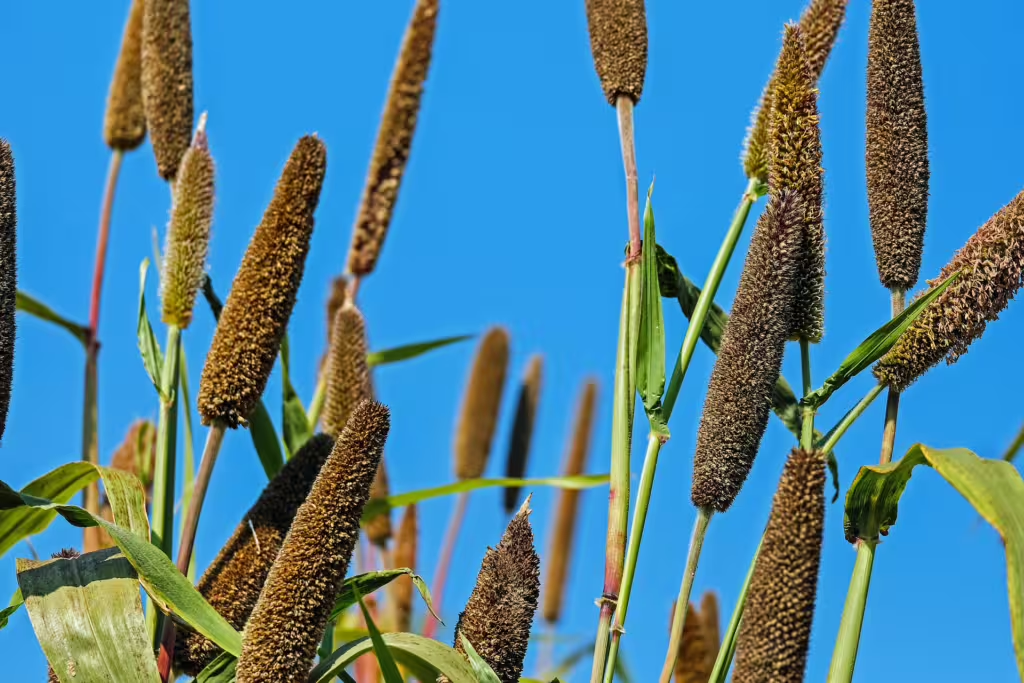
Jerusalem Artichoke (Helianthus tuberosus)
Cultural Importance:
Also known as sunchoke, this native sunflower relative was cultivated and traded by the Indigenous people of the Lenape and Illinois tribes long before European colonists first arrived on the continent.
Description and Habitat:
Sunchokes are most easily recognized by their yellow-flowers and their preference for growing in sunny, open spaces such as meadows or plains.
Culinary Use:
These plants also have knobby, edible tubers on them, which are harvested in late fall or early spring. The tubers can then be roasted, sautéed, or made into soup. They are said to have a sweet and nutty taste, almost like a cross between a potato and a water chestnut.
Wild Leeks (Allium tricoccum)
Cultural Importance:
In ancient times, wild leeks were highly prized by the Cherokee and Haudenosaunee tribes, who once dwelled in the Appalachian region, as well as the northeastern half of the North American continent.
Description and Habitat:
Wild leeks grow best in shaded hardwood forests. They thrive in moist soils and are easily recognized by their broad leaves and strong garlicky aroma.
Culinary Use:
Both the leaves and bulbs of wild leeks are edible. They have a host of culinary applications but were traditionally sautéed, pickled, or added to stews by Indigenous peoples.
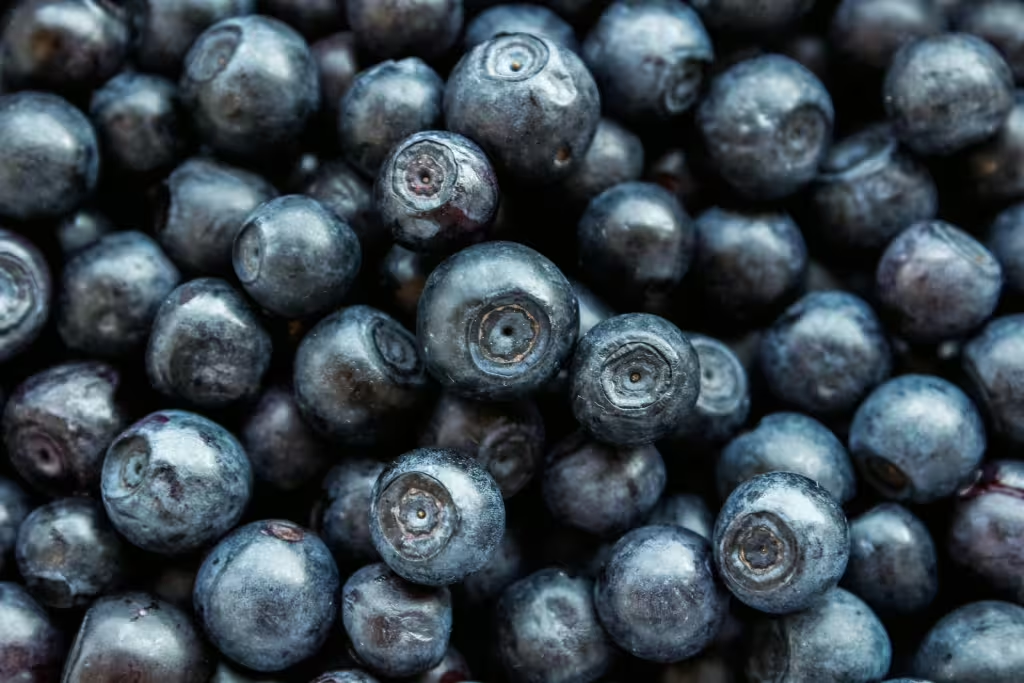
True Investigator Says…
As you can see, while we often overlook the plants in our own backyards, some of those plants can be some of the most important. They are important to the people who came before us, important to the cultural histories they reflect in the present, and may end up being important to you specifically if you ever find yourself in need of foraging. Indeed, the many edible plants native that still exist today are living reminders of the deep knowledge, care, and ingenuity of Indigenous peoples who once lived here.
Those people shaped the land and lived among it and it was likely their expertise that kept many of those plants alive, even as they are besieged by climate crisis and the rampant greed of the modern world. The point is, we can learn a lot about our ancestors by studying these plants. If we take those lessons to heart and try our best to emulate their examples of reciprocity and sustainability, we might even be able to ensure a more fruitful future for everyone.
Discover more from TrueInvestigator
Subscribe to get the latest posts sent to your email.
